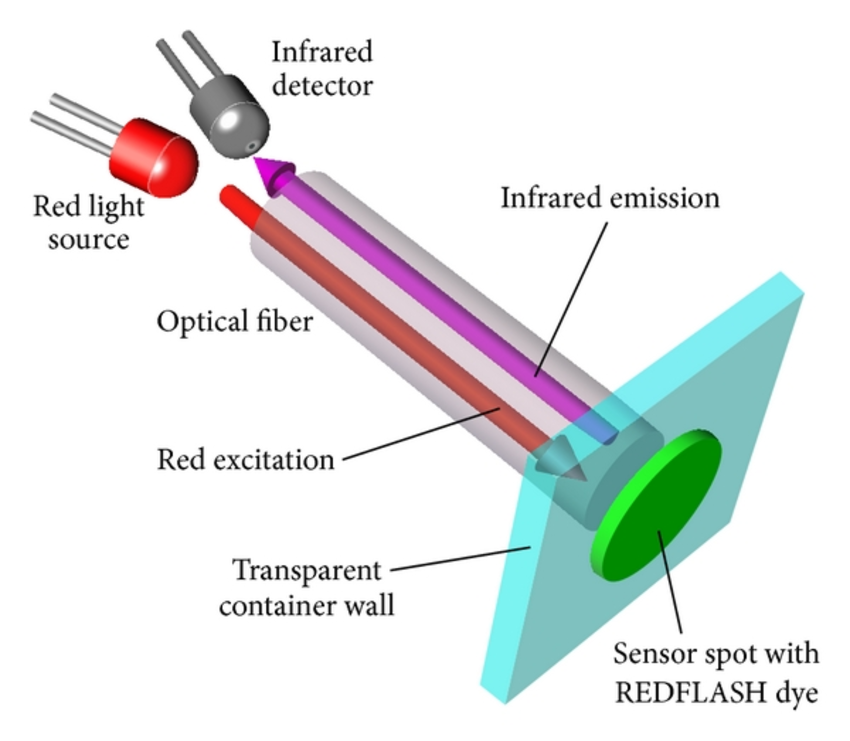
An optical sensor transforms the light rays into electronic signals. Calculating the physical quantity of light, it then transforms the same into a state which is comprehended by an instrument. It can be broadly classified into two categories: Internal and External. Whilst the function of the internal sensors usually involves calculating bends and other small changes in direction, external sensors are commonly utilized to collect and transfer a necessary quantity of light. Similar to classical curved lenses, diffractive optical elements (DOEs) are thin. This enables it to focus on light better in comparison to refractive optics which is heavier in nature. To understand it in a better way, go through its various types and applications listed below:
Various types of optical sensors:
The two most commonly known optical sensors are retro-reflective sensors and diffuse reflective sensors. The main difference between the two is that the former (retro-reflective) facilitates increased operative lengths while the latter functions as a switching condition.

A Look At Its Various Applications:
1. Ambient Light Sensors
This aspect is most commonly noticed in our mobile phones. The main function of these sensors in mobile phones is that it will increase battery power and allows easy-to-view displays that are enhanced for the environment.
2. Biomedical Applications
Optical sensors’ utilities in the biomedical field are extensive. For instance, breath analysis using a tunable diode laser where optical heart-rate monitors utilize optical sensors to perform its functions. The device estimates the heart rate with light. Flashing an LED through the individual’s skin, the optical sensor determines the light reflected back. Most of the light is absorbed by blood since blood absorbs more light and the disparities in the levels of light can be transcribed as heart rate.

- Liquid Level Indicator
There are two main parts in a liquid level indicator that is the light transistor connected infrared LED, and a transparent prism nip in the front. Firstly, the LED presents an infrared light in an outward direction. Then when the sensor tip is enclosed with air, the light gives a reaction by leaping back in the tip before it returns to the transistor.
Optical sensors have various other functions apart from the common ones mentioned above. Another application of optical sensors comes in the form of beam shapers, diffusers, splitters, and MLAs. So to ensure the effectiveness of this application of optics, it is very important to make the purchase from a reputed company.



